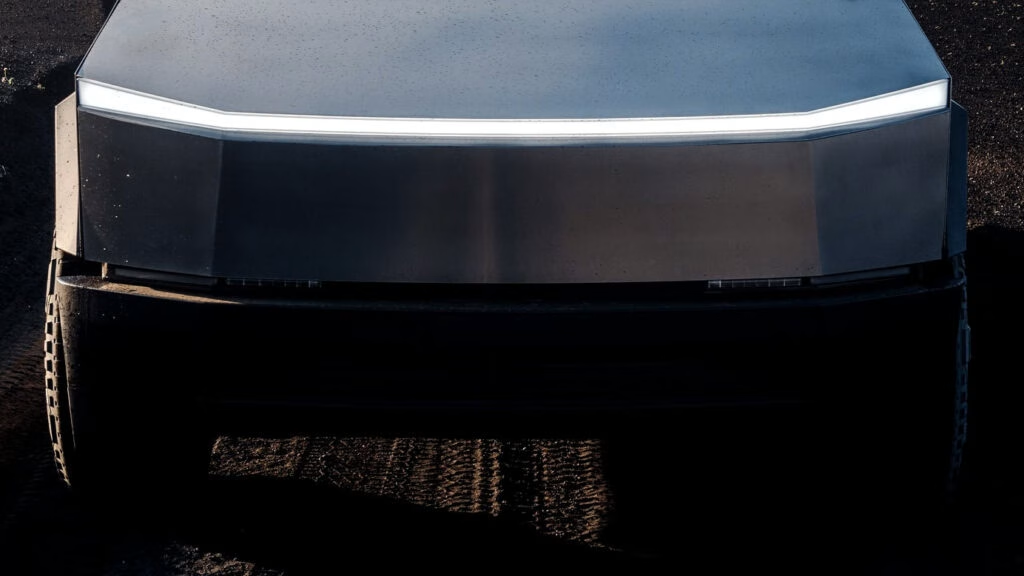Why Is Tesla Rethinking Its Pickup Strategy?
Tesla’s bold leap into the pickup market with the Cybertruck was supposed to shake things up. And in some ways, it did—just not in the way the company hoped. While the Cybertruck’s futuristic design turned heads, it hasn’t exactly flown off dealer lots. In fact, recent data shows that Ford’s F-150 Lightning outsold the Cybertruck in the first half of the year, according to registration figures compiled by S&P Global Mobility. That’s a tough pill to swallow for a brand used to dominating headlines.
So, what’s next? Tesla’s leadership is now openly discussing a pivot: a smaller, more practical pickup aimed at global markets. Lars Moravy, Tesla’s VP of Engineering, recently hinted at this shift during a Q&A with owners and investors in California. The message was clear—Tesla knows the Cybertruck is simply too big and too niche for many buyers, especially outside North America.
What Would a Smaller Tesla Truck Actually Solve?
Let’s face it: the world doesn’t run on American-sized pickups. In Europe, Asia, and even parts of South America, city streets are narrower, parking is tighter, and fuel (or electricity) costs more. A massive, angular truck like the Cybertruck just doesn’t fit—literally or figuratively. That’s why a compact Tesla pickup could be a game-changer.
Moravy’s comments suggest Tesla is eyeing a truck that can carry both people and cargo, but in a footprint that makes sense for urban and suburban life. Think less “Mad Max” and more “everyday hero.” This isn’t just about size, either. A smaller truck could be more affordable, easier to maneuver, and better suited for the delivery and service markets where electric vehicles are gaining traction.
Could This Be Tesla’s Answer to the Delivery Van Dilemma?
Here’s something most folks don’t realize: Tesla’s own service fleet is full of small, gas-powered vans. That’s right—the company famous for electric innovation still relies on fossil fuels to keep its cars running. There’s a certain irony there, and it hasn’t gone unnoticed by Tesla’s leadership.
A compact electric truck or van could fill a huge gap, both for Tesla’s internal needs and for the booming last-mile delivery sector. According to a 2023 report from the International Energy Agency, electric vans and light trucks are expected to make up nearly 20% of new commercial vehicle sales in Europe by 2030. That’s a massive opportunity, and Tesla is well-positioned to capitalize—if it moves quickly.
Why Didn’t the Cybertruck Catch On With Traditional Truck Buyers?
It’s not just about size. The Cybertruck’s polarizing looks and luxury price tag have made it more of a statement piece than a workhorse. Early adopters snapped them up, but mainstream buyers have been hesitant. Many see it as a lifestyle vehicle, not a practical tool for hauling lumber or towing trailers.
Compare that to the Model Y, which quietly became Tesla’s best-seller by offering the right blend of utility, price, and comfort. The Model X, with its flashy falcon-wing doors, never quite found the same audience. Tesla seems to be learning from that playbook: practicality sells.
What Would a Global Tesla Pickup Need to Succeed?
For Tesla to make a dent in the global truck market, it’ll need to nail a few key ingredients:
– Versatility: The truck should handle both people and cargo with ease. Fold-flat seats, modular storage, and clever bed designs could set it apart.
– Efficiency: Range anxiety is real, especially for commercial users. A smaller, lighter truck could go farther on a charge and cost less to operate.
– Affordability: Price matters, especially in emerging markets. If Tesla can deliver a truck that undercuts rivals like the Rivian R1T or even the Ford Maverick, it could win over a whole new segment of buyers.
– Local Adaptation: Different markets have different needs. In Europe, for example, payload limits and emissions rules are strict. Tesla will need to tailor its offering to fit.
Is the Market Ready for a Tesla Compact Truck?
Signs point to yes. Demand for smaller, electric utility vehicles is growing fast. In the US, the Ford Maverick—a compact, hybrid pickup—has been a surprise hit, with waitlists stretching months. Globally, automakers like Toyota and BYD are ramping up their own electric truck and van programs.
Tesla’s brand still carries serious weight, especially with tech-forward buyers and businesses looking to green their fleets. If the company can deliver a truck that’s as innovative as the Model 3 but as practical as a Ford Transit, it could change the game—again.
A Fresh Start for Tesla’s Truck Ambitions
The big takeaway? Reinventing the pickup isn’t about perfection—it’s about smarter adjustments. Tesla’s willingness to rethink its approach, listen to global markets, and focus on real-world utility could finally give it the edge it’s been chasing. Start with one change this week—whether it’s reimagining what you drive or how you use it—and you’ll likely spot the difference by month’s end. Sometimes, the smartest move is knowing when to size down and aim higher.

